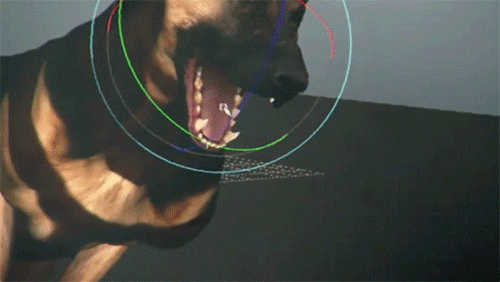The 8% figure doesn't sound plausible to me. I'd guess that they are optimizing system-level functions by attempting to schedule free resources dynamically to them instead of giving them a fixed budget. That would free some part of that 8%. But in order to reduce that reservation altogether, you would have to do the same with snapped apps, likely crippling or canceling Snap in the process.
Currently, it seems that they are employing some sort of time-slice scheduling, since that provides the best form of isolation and reliability. A scheduling that assigns different execution parts of the GPU-hardware to different processes dynamically is possible, but that must necessarily break isolation and reliability/predictability for at least some concurrently running processes.
However, those characteristics are especially important if you're scheduling resources between two independent applications that cannot have any assumptions about each other. If some snapped app wants to render animations while the game is maxing out its GPU budget, and you cannot find a dynamic scheduling that finds enough "holes" to satisfy both needs in time, one application will "starve".
My best guess that something was lost in translation: they are trying to dial-down system functions that use parts of that 8%, but not the budget assigned to snapped apps.
Personally, I would welcome them dropping Snap, but I don't think that's likely.


